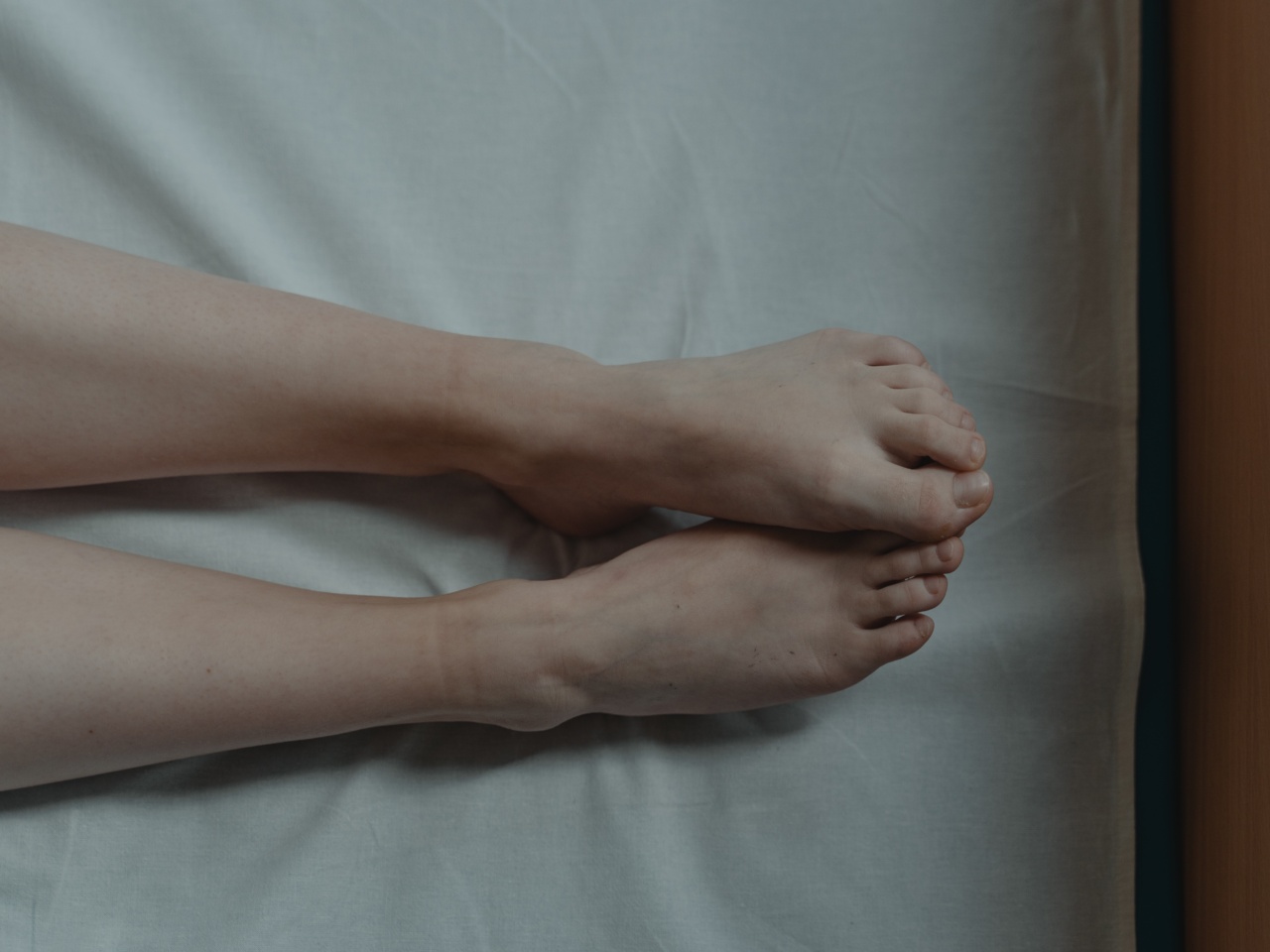Pregnancy is a beautiful experience that brings joy and anticipation for the arrival of a new life. However, it also comes with numerous physical and hormonal changes that can lead to various discomforts and conditions.
One such condition that many pregnant women experience is Anxious Foot Syndrome, also known as pregnancy-related foot pain.
Understanding Anxious Foot Syndrome
Anxious Foot Syndrome is characterized by a range of foot-related symptoms that occur during pregnancy. These symptoms can include swelling, arch and heel pain, cramping, and general foot discomfort.
The condition typically arises due to hormonal changes, weight gain, and the increased pressure on the feet as the pregnancy progresses.
Hormonal Changes and Foot Pain
During pregnancy, the body experiences fluctuations in hormone levels, particularly estrogen and relaxin.
These hormones are vital for the growth and development of the baby, but they also affect the ligaments and joints in the body, including those in the feet. The relaxation of the ligaments can lead to changes in foot structure and stability, resulting in foot pain and discomfort.
Weight Gain and Foot Pressure
As the pregnancy progresses, women naturally gain weight to support the growing baby. This excess weight places additional pressure on the feet, causing them to bear a heavier load than usual.
The increased foot pressure can lead to swelling, pain, and discomfort, making it challenging for pregnant women to engage in daily activities.
Common Foot Problems during Pregnancy
Several foot problems are commonly experienced during pregnancy. These include:.
1. Swollen Feet and Ankles
Swelling, also known as edema, is a common symptom experienced by pregnant women. The body retains more fluid during pregnancy, which often leads to swelling in the feet and ankles.
This swelling can cause discomfort and make it difficult to wear regular shoes.
2. Arch and Heel Pain
The increased weight and hormonal changes can put strain on the arches and heels of the feet, leading to pain and discomfort. Pregnant women may experience conditions such as plantar fasciitis or flat feet, which can exacerbate the pain.
3. Cramping and Overpronation
Pregnant women may also experience foot cramps and overpronation, a condition where the feet roll excessively inward while walking or standing. Overpronation can contribute to foot and ankle instability and result in pain and discomfort.
Managing Anxious Foot Syndrome
While Anxious Foot Syndrome may be common during pregnancy, there are several strategies that pregnant women can employ to alleviate symptoms and improve foot comfort. These include:.
1. Optimal Footwear Choice
Choosing supportive and comfortable footwear is crucial during pregnancy. Look for shoes with good arch support, cushioning, and a wide toe box to accommodate any swelling or foot changes.
Avoid high heels and opt for shoes with low to moderate heels to minimize strain on the feet.
2. Regular Foot Care
Practicing good foot hygiene and engaging in regular foot care can help manage Anxious Foot Syndrome. Keep feet clean and dry, moisturize regularly, and trim toenails to prevent ingrown nails or infections.
Massaging the feet can also offer relief and improve circulation.
3. Regular Exercise and Rest
Engaging in low-impact exercises, such as walking or swimming, can help improve blood circulation and reduce foot swelling. It is important, however, to listen to your body and rest when needed.
Elevating the feet and using cold compresses can further alleviate discomfort and reduce swelling.
4. Supportive Inserts or Orthotics
Consider using orthotic inserts or arch supports to provide additional support and alleviate foot pain. These can help distribute weight evenly and provide stability for the feet.
Consult with a podiatrist to ensure the inserts are suitable for your specific needs.
5. Gentle Stretches and Foot Exercises
Performing gentle stretches and foot exercises can help relieve tension and strengthen the muscles in the feet. Simple exercises, such as toe curls, calf stretches, and ankle rotations, can enhance foot flexibility and reduce discomfort.
6. Consultation with a Podiatrist
If symptoms of Anxious Foot Syndrome persist or worsen, it is recommended to consult with a podiatrist.
A podiatrist can provide a thorough evaluation of your foot condition, offer personalized recommendations, and suggest appropriate treatments such as physical therapy or custom orthotics if needed.
Conclusion
Pregnancy-related foot pain, or Anxious Foot Syndrome, is a common condition that many expecting mothers face.
The hormonal changes and weight gain experienced during pregnancy can lead to various foot problems, causing discomfort and impacting daily activities. However, by practicing proper foot care, wearing suitable footwear, engaging in regular exercise, and seeking professional advice when necessary, pregnant women can manage Anxious Foot Syndrome and enjoy a more comfortable pregnancy journey.





























